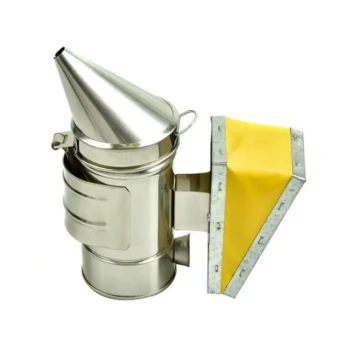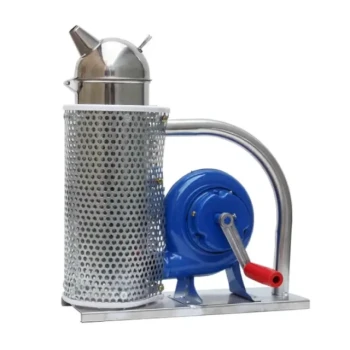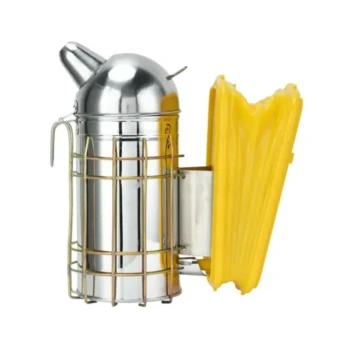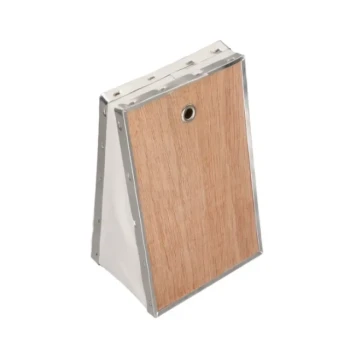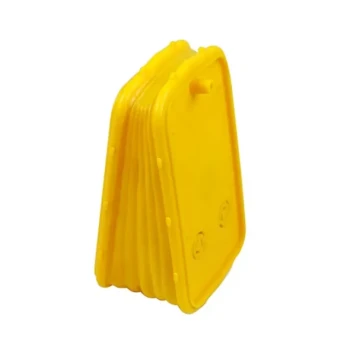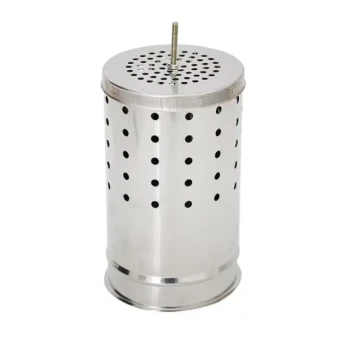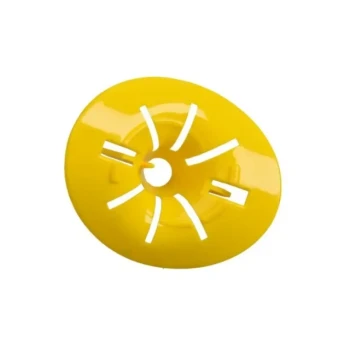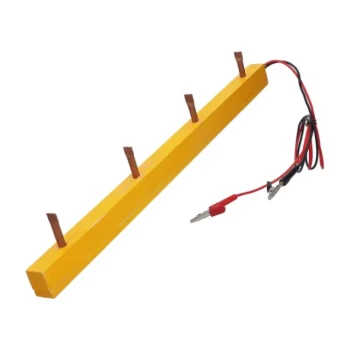The best bee smoker fuel is a natural, untreated material that smolders well and produces a cool, consistent smoke. Excellent choices include dry pine needles, wood shavings, pellet-stove fuel, coils of untreated sisal baling twine, or scraps of all-cotton fabric and burlap. The key is to avoid any materials treated with chemicals, glue, or synthetic fibers that could harm your bees.
While the type of fuel is important, the true art of using a smoker lies in the technique. The goal is to use minimal, cool smoke to gently calm the bees, not to overwhelm them or disrupt the hive.
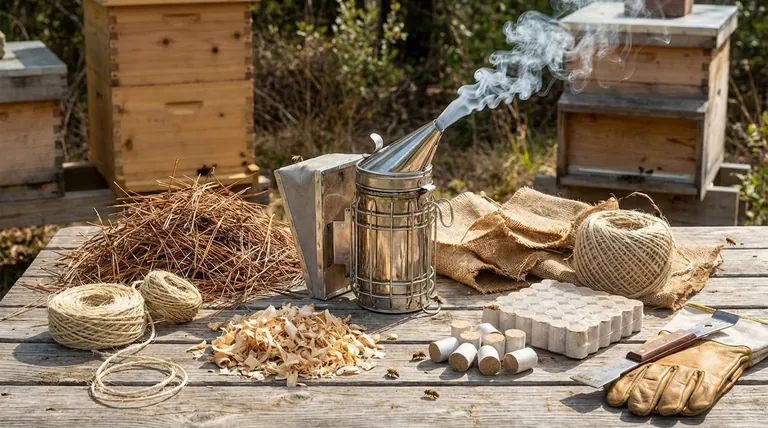
What Defines an Ideal Smoker Fuel?
The material you burn is the foundation of a successful hive inspection. Choosing the right fuel ensures the smoke is effective for the bees and safe for the beekeeper.
Natural and Untreated
The absolute priority is the health of your colony. Your fuel must be free of pesticides, chemicals, glues, and synthetic materials.
Burning plastics or treated materials can release toxic fumes that are harmful to both the bees and your own lungs.
Cool and Consistent Smoke
The purpose of smoke is to mask the bees' alarm pheromones, not to cook them. A good fuel smolders slowly rather than burning hot.
This slow burn produces a cool, thick smoke that is gentle on the bees' delicate wings and effectively interrupts their defensive communication.
Easy to Light and Long-Lasting
A practical fuel should be easy to ignite with a simple starter like crumpled newspaper or cardboard.
It also needs to burn long enough to last through an entire inspection, preventing you from having to awkwardly refuel while the hive is open.
Common and Recommended Fuel Types
You have several excellent options, many of which may already be available to you at no cost. Sticking with one type at first can help you master your smoker more quickly.
For Simple, Reliable Performance
Pellet-stove fuel and untreated sisal baling twine are popular choices because they are uniform and predictable. They provide a very consistent, long-lasting smolder, making them ideal for beginners.
From Your Own Backyard
Dried pine needles are a classic, widely used fuel that beekeepers have trusted for generations. They are easy to gather, light quickly, and produce a pleasant-smelling smoke.
Wood shavings and small pine cones are also excellent natural choices, provided they are dry and sourced from untreated wood.
Sustainable and Recycled Options
Scraps of 100% cotton fabric, like old denim jeans or t-shirts, work very well. You can also use pieces of untreated burlap bags.
Be absolutely certain these materials are free of synthetic fibers like polyester or spandex, which will melt and release harmful fumes.
Understanding the Trade-offs and Pitfalls
Effective smoker use is a skill. Awareness of common mistakes is crucial for the safety and well-being of your hive.
Overusing Smoke
The most common mistake is applying too much smoke. A few gentle puffs at the entrance and a few more under the cover are usually sufficient.
Excessive smoke can be counterproductive, agitating the bees and making an inspection more difficult. It can also be harmful to their respiratory systems.
Using Hot Smoke
Always test the smoke temperature on the back of your hand before puffing it toward the bees. If it feels hot, give the bellows a few more pumps to cool it down.
Hot smoke can easily burn and damage the bees' delicate wings. Always keep the smoker spout at least five inches away from the bees.
Poor Preparation
Running out of fuel in the middle of an inspection is disruptive and stressful. Always pack enough fuel into the fire chamber to ensure it lasts for the duration of your work.
Making the Right Choice for Your Goal
Your choice of fuel can be tailored to your beekeeping style and available resources.
- If your primary focus is ease of use and consistency: Stick with commercial pellet-stove fuel or untreated sisal twine to remove guesswork.
- If your primary focus is cost-effectiveness: Gather natural materials like dry pine needles or wood shavings from your own property.
- If your primary focus is sustainability and resourcefulness: Repurpose clean, untreated scraps of all-cotton fabric or burlap.
Mastering your smoker is a fundamental step toward calm, confident, and successful beekeeping.
Summary Table:
| Fuel Type | Key Characteristics | Best For |
|---|---|---|
| Pellet-Stove Fuel / Sisal Twine | Consistent, long-lasting smolder | Beginners, reliability |
| Dry Pine Needles / Wood Shavings | Easy to light, pleasant smell | Cost-effectiveness, natural sourcing |
| All-Cotton Fabric / Burlap | Cool, thick smoke | Sustainability, repurposing materials |
Ready to stock up on reliable beekeeping supplies?
As a trusted wholesale supplier to commercial apiaries and equipment distributors, HONESTBEE provides the high-quality, dependable gear you need to manage your operations efficiently. Ensure your smoker—and your entire operation—is fueled for success.
Contact HONESTBEE today to discuss your wholesale needs and discover how we can support your business.
Visual Guide

Related Products
- 54-Piece Smoker Fuel Pellets for Beekeeping Beehive Smoker Fuel
- Stainless Steel Honey Bee Smoker Hive and Honeycomb Smoker for Beekeeping
- Premium Traditional Copper Bee Smoker with Bellows
- Economy Galvanized Beekeeping Honey Bee Smoker for Wholesale
- Professional Bee Smoker with Elongated Spout and Durable Bellows for Beekeeping
People Also Ask
- How should you start the fire in a bee smoker? A Step-by-Step Guide for a Calm Hive
- What is the best bee hive smoker fuel? Choose Natural, Slow-Burning Fuel for Calm Bees
- What is the importance of fuel in a bee smoker? Ensure Cool, Calming Smoke for Your Hive
- What is the best material for a bee smoker? Choose the Right Fuel for a Calm Hive
- What to put in a bee hive smoker? A Guide to Natural, Calming Fuels






